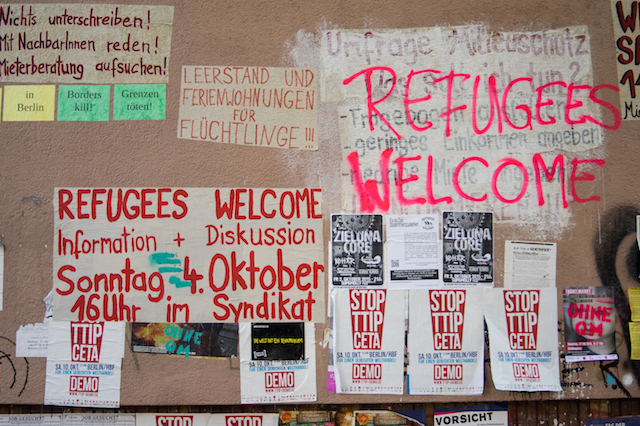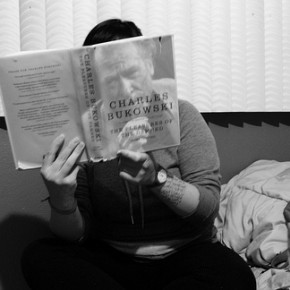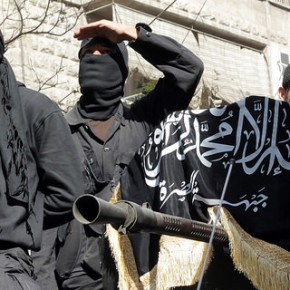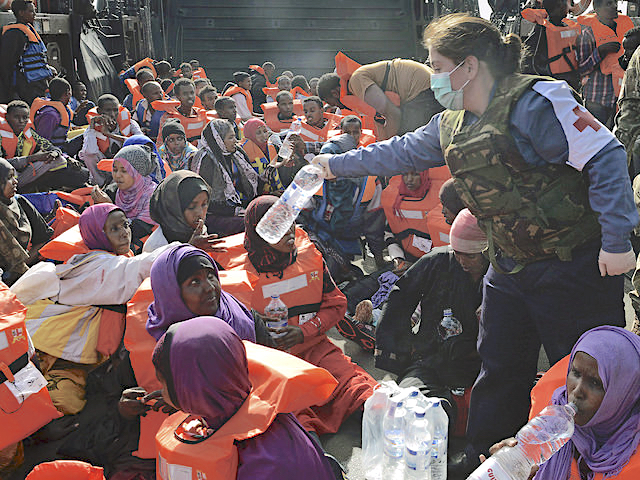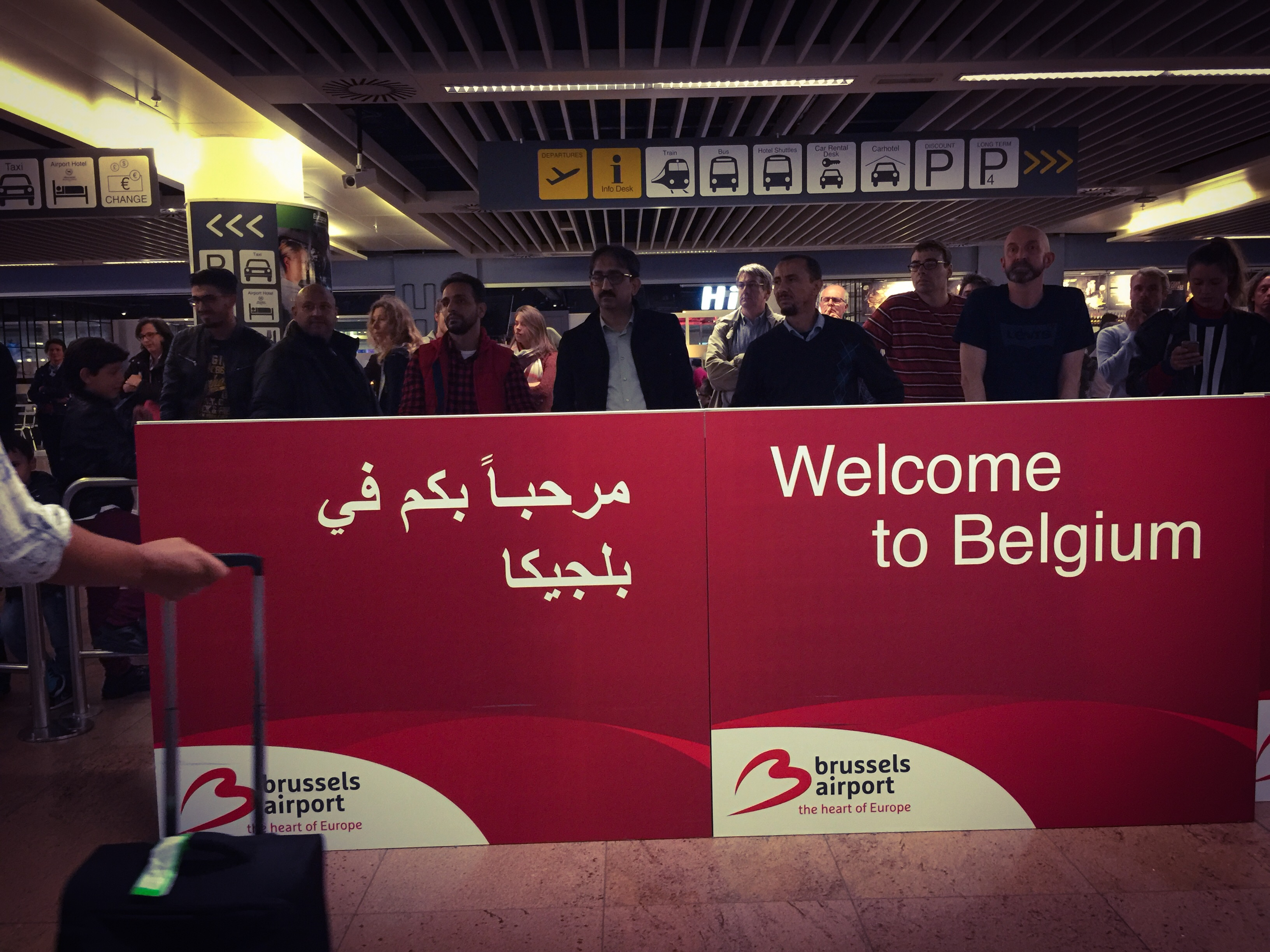Angela Merkel was just playing catch-up. By the time she announced Germany’s new open borders policy last summer (before retreating, a week or so later,) the slogan “Refugees Welcome” was already several years old. Plastered throughout Berlin, particularly the city’s heavily Muslim central neighborhoods, it was the anti-Swastika.
At a time of rising racism amongst the country’s middle class, the emergence of the Islamophobic PEGIDA movement, and the Alternative für Deutschland party, this was the anti-fascist left’s fightback slogan.
Little did anyone know that the message of tolerance that it communicated would be assimilated by the Chancellor. Particularly after the awful flub, with a crying Palestinian child, on TV, to whom Merkel said, “You can’t all come,” meaning to Germany.
As controversial as Merkel’s original welcoming of refugees might still be, there’s no arguing with the fact that nearly a million new Muslim immigrants will call Germany home, and that they will be a thorn in the side of the country’s extremists, pushing hard even at the doors of prejudiced Germans, who simply preferred they did not live next door.
Imagine a genocide against 6 million of them, including the Turks, Balkan immigrants, and Moroccans who already call the country home. It would be a lot harder, and much more difficult, than taking on Germany’s far smaller Jewish minority, in the early 1930s.
Today’s Europe may rightly be called hard-hearted. But nothing will change the fact that Germany is growing more diverse, and that the numbers, by themselves, do the talking. Hence these photographs of flyers and graffiti, from ground zero, in Berlin. The urgency that the language communicates says it all.
The mid-article flyer photograph is translated in full.
****
Soli-accommodation needed!
Enough is enough! Now it is time to act – time for an open society and for us to treat each other with solidarity.
Help us, here and now!
We are a solidarity support group for refugees at the Oranienplatz.
What it is about:
We try to organise temporary places for homeless, partially illegalised refugees to sleep. First and foremost, we aim to provide accommodation with volunteers rather than in support facilities, because either the refugees cannot access them or the conditions there are unacceptable.
Every day between 3 and 8 people that need somewhere to sleep come to the Oranienplatz. But we do not have enough resources to offer all the homeless refugees somewhere to sleep. As most of the rooms we organise are only available on a temporary basis, we are always looking for more rooms and apartments where refugees can spend the night and live.

Background:
This year, thousands of people have been forcibly made homeless. Every day, the clearing of the O-platz and the partial clearing of the Gerhard-Hauptmann School is taken one step further, whether on site or in the overcrowded emergency shelters, most of which were only open until the end of March.
In recent months, hundreds of former residents of the Oranienplatz have been forced out of their accommodation and onto the streets – without warning, with no help to find another place to sleep and without the promised ‘hotel vouchers’. And this is how the refugees are meant to prepare for deportation. Agreements have often been broken, like the one with the inhabitants of the GHS in Friedrichshain-Kreuzberg or the ‘Oranienplatz agreement’, as a result of which not one of over 500 refugees secured residency status.
Refugees in Berlin have shown that they will not stand quietly by and accept this racist law and order policy, but will push on with their political struggle. But even this requires a place to retreat to! This is why we founded the ‘Schlafplatzorga’ at the Oranienplatz.
Anyone that can offer somewhere to sleep, a room or an apartment on a short or long term basis is warmly invited to contact us.

German translation by Samuel White. Photographs courtesy of Joel Schalit.
